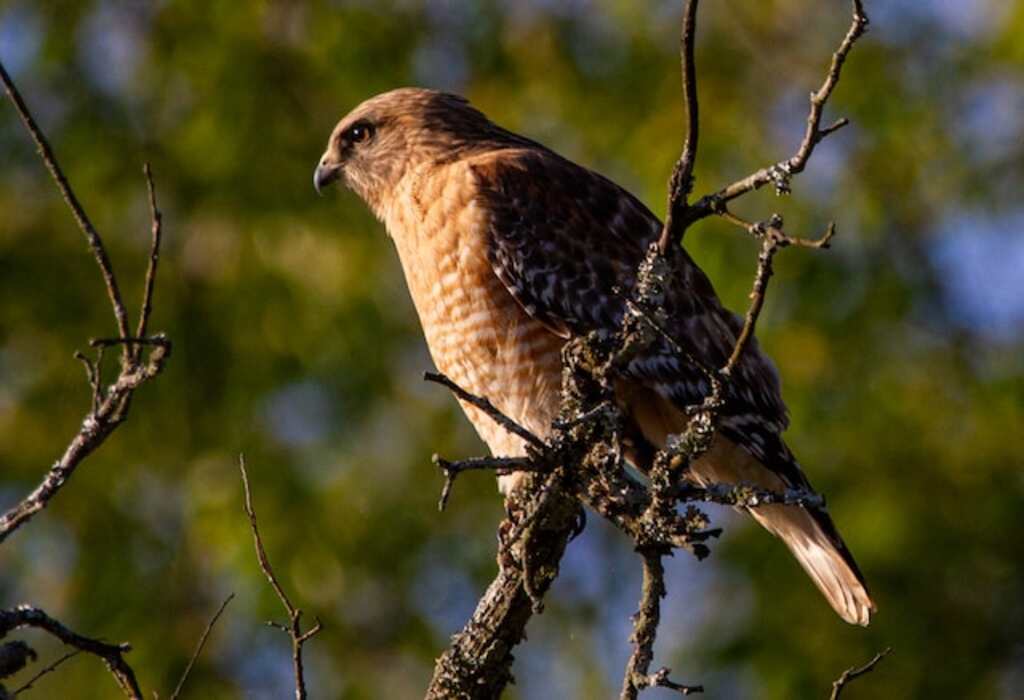Do Hawks Eat Caterpillars? The answer might surprise you! Hawks, those fascinating birds of prey known for their incredible hunting skills, are found all over the world, with over 250 different species.
With their sharp talons, curved beaks, and keen eyesight, these apex predators play a vital role in balancing animal populations in the ecosystem.
Join us on a captivating journey to uncover the truth about hawks and their unlikely relationship with caterpillars. Get ready for an exhilarating exploration!
Table of Contents
Do Hawks Eat Caterpillars?
Yes, hawks do eat caterpillars. Hawks are fascinating birds of prey known for their hunting skills. With sharp talons, curved beaks, and keen eyesight, they play a crucial role as apex predators in the ecosystem. Discover more about their surprising relationship with caterpillars.
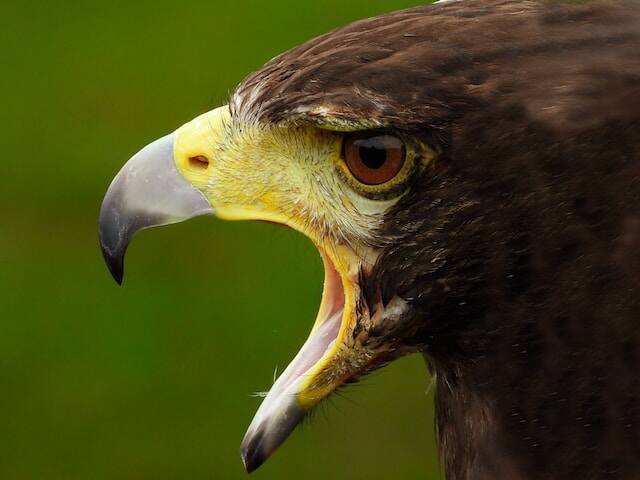
Definition of Hawks
Hawks are a type of bird of prey that belong to the family Accipitridae. They have strong legs and sharp talons that they use to capture their prey, which can range in size from small rodents to larger animals such as rabbits or even other birds. Hawks also have keen eyesight, which allows them to spot prey from great distances.
Overview of Hawk’s Diet
The diet of hawks varies depending on the species and geographic location. Some species primarily feed on small mammals like mice or voles, while others prefer larger animals like rabbits or squirrels.
Some hawks even feed on reptiles, amphibians, or fish. However, most hawk species include insects in their diets at some point during their lives.
Importance of Caterpillars in the Ecosystem
Caterpillars are an important part of many ecosystems because they serve as a food source for many different animals including birds like hawks.
These insects play a critical role in plant pollination and form an essential link between plants and other organisms further up the food chain.
Overall, understanding what hawks eat is crucial for understanding how these birds fit into ecosystems around the world.
In particular, exploring whether or not they eat caterpillars can provide insight into how these insects impact other parts of the ecosystem beyond just serving as food for birds.
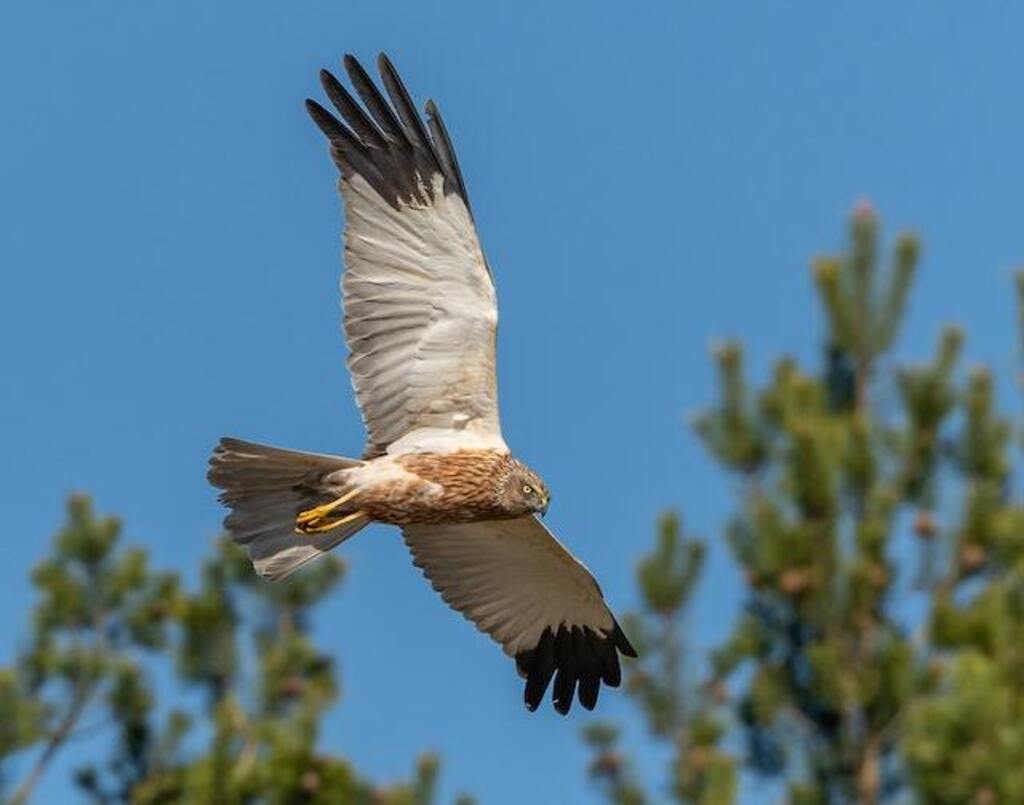
Hawks and Their Diet
Hawks are raptors, which means they are birds of prey that hunt and feed on other animals. They are known for their sharp talons and hooked beaks, which allow them to catch and tear apart their prey. Hawks are found all around the world, with over 200 species in existence.
Types of Hawks and Their Hunting Styles
Different types of hawks have different hunting styles based on their physical characteristics and habitats. For example, the Red-tailed Hawk is a large bird with broad wings that allow it to soar high in the sky, searching for prey from above.
It hunts small mammals like rodents and rabbits by swooping down quickly to catch them with its talons.
On the other hand, the Cooper’s Hawk is a smaller bird that prefers to hunt in wooded areas where it can use its agility to maneuver through trees and surprise its prey.
It preys on birds like doves and pigeons by ambushing them from cover.
Prey Preferences of Hawks
Hawks are opportunistic hunters that will eat a variety of prey depending on what is available in their habitat. Some of the most common prey items for hawks include small mammals like mice, voles, rabbits, squirrels as well as birds such as doves or songbirds.
However, some species have specific preferences when it comes to their diet.
For example, the Harris’s Hawk primarily feeds on reptiles such as lizards or snakes while the Northern Harrier hunts small mammals but particularly likes meadow voles.
Nutritional Value of Caterpillars for Hawks
Caterpillars are not typically at the top of hawk’s food preferences lists; however they can still play an important role in a hawk’s diet.
Caterpillars provide valuable nutrition in terms of protein content, and some species are known to be particularly high in fat, which can help hawks build up their body fat reserves in preparation for migration.
Additionally, caterpillars can be an important food source for young hawks that are still developing their hunting skills.
Learning to hunt on slower-moving prey like caterpillars can help young hawks develop the coordination and skills they will need to hunt larger and faster prey as they mature.
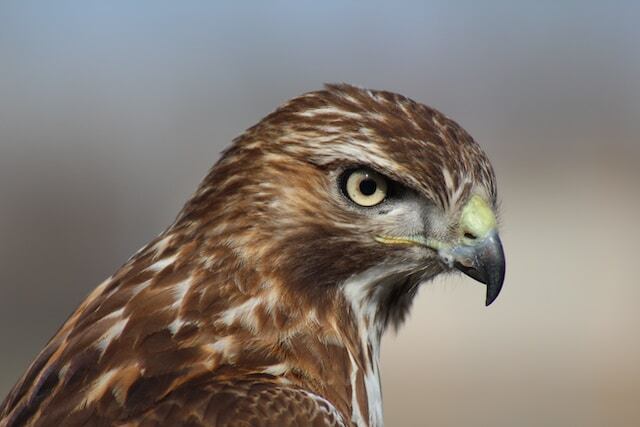
Caterpillars as Prey for Hawks
Caterpillars are a common prey item for many species of hawks. These insects are typically found on plants and trees, making them an easily accessible food source for birds of prey.
While caterpillars belong to the same order as butterflies and moths (Lepidoptera), they often have different defensive mechanisms that can make them dangerous prey items for birds.
Types of Caterpillars Commonly Eaten by Hawks
Hawks will eat a wide variety of caterpillar species, but some are more commonly consumed than others. One such species is the tent caterpillar, which is a common pest in many parts of North America.
Other popular types include the eastern tiger swallowtail caterpillar, the fall webworm, and the gypsy moth larvae.
It’s worth noting that hawks generally prefer younger, smaller caterpillars over larger ones. This is because younger caterpillars are easier to capture and consume due to their smaller size.
How Hawks Hunt and Consume Caterpillars
Hawks typically hunt from above, scanning the ground for movement or listening for rustling in foliage. When they spot a potential target (such as a moving caterpillar), they swoop down to grab it with their talons.
Once caught, small insects like caterpillars can be consumed whole by hawks – there’s no need to tear them apart like larger prey items!
However, birds might sometimes shake their catch around or rub it on something hard to kill it before consumption.
Impact on the Population of Caterpillars in the Ecosystem
While hawks play an important role in controlling populations of pests like mice and rabbits, their predation can also have significant impacts on populations of other animals – including caterpillars!
For example, if a hawk preys heavily on caterpillars in a particular area, it could lead to a decline in the local population of that species.
This could have knock-on effects for other animals further up the food chain that rely on caterpillars as a food source.
It’s also worth considering that hawks aren’t the only animals that prey on caterpillars – many other insects and birds do too.
As such, it’s important to understand the ecological context of hawk-caterpillar interactions in order to fully appreciate their impact on the ecosystem as a whole.

The Role of Caterpillars in the Food Chain
Caterpillars are a vital component of the food chain in various ecosystems. They play a critical role as primary consumers and herbivores, consuming leaves and other plant materials that are often indigestible by other animals.
As they digest these plant materials, caterpillars convert them into essential nutrients that can be easily absorbed by other animals in the food chain.
Hawks are one of the many predators that rely on caterpillars as part of their diet.
Caterpillar’s Role as Herbivores
Caterpillars play an important role as herbivores in various ecosystems, where they consume leaves and other plant matter.
This makes them essential for the health and vitality of plants, which provide food and shelter for many organisms.
Caterpillars do not discriminate between different types of plants, which means that they can feed on a wide variety of tree, shrub, and grass species.
In addition to providing nutrition for hawks and other predators higher up on the food chain, caterpillars serve as a crucial food source for many insects such as bees and moths which are important pollinators.
The process through which caterpillars consume leaves also helps control unwanted plant growth because it prevents excessive leaf growth.
Importance to Other Animals in the Food Chain
Apart from hawks that rely on caterpillars as part of their diet, numerous animals across ecosystems depend heavily on these insects as well.
For example, birds feed them to young chicks to provide necessary nutrients needed for healthy growth.
Other animals like chipmunks or squirrels also eat immature stages of moths or butterflies comprising larvae (caterpillar stage) resulting in transferring essential energy into their bodies.
Caterpillars not only help maintain healthy populations within their own species but also impact predator population numbers indirectly.
This effect is because when caterpillar populations increase that can create a boon for other animal populations that feed on them.
How Hawk’s Consumption Affects the Balance
Hawk’s consumption of caterpillars impacts the balance of ecosystems where they exist. While hawks contribute to controlling caterpillar populations, excessive hunting or predation can lead to unintended ecological consequences.
Reduced numbers of caterpillars could lead to reduced availability of other important resources, like fruits and nectar, and impact pollinators.
In addition, hawks’ diets are influenced by the amount and type of prey available in their environment.
If there is an overabundance of caterpillars due to a lack of predators or an abundance in food sources then hawks may preferentially choose other prey items such as rodents or insects.
Thus, understanding how hawk’s diets balance with all factors that influence their feeding habits is crucial to maintaining healthy ecosystems.
Overall, caterpillars play a crucial role in various ecosystems as primary consumers and herbivores.
They are essential for many food chains, including those involving hawks that rely on them for necessary nutrients.
As such, it’s important to understand their role and value within these systems so we can better protect them from both natural and human-made threats that affect their population growth; ensuring healthy environments for all organisms involved in these complex relationships.
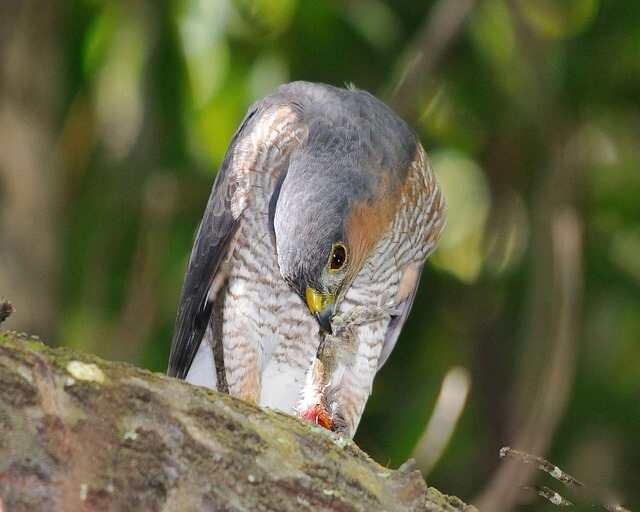
Conclusion
After reviewing the information presented in this article, it is clear that hawks do eat caterpillars and they play a crucial role in their diet.
These raptors have an impressive variety of hunting strategies and prey preferences, but caterpillars are a valuable component of their diet due to their high nutritional value.
Additionally, caterpillars are important herbivores that contribute to the food chain, providing food for other animals.
Understanding the relationship between hawks and caterpillars is essential for understanding the impact these species have on the ecosystem.
The population of hawks can fluctuate with changes in prey availability, which can ultimately impact other species within the food chain.
For example, if a hawk’s preferred prey becomes scarce, it may switch to hunting other animals or even leave an area to find better opportunities elsewhere.
It is also important to recognize that human activities can have significant impacts on both hawk populations and caterpillar populations.
For instance, habitat loss due to urbanization or deforestation can disrupt natural ecosystems and reduce food sources for wildlife. Similarly, the use of pesticides can harm both hawks and caterpillars alike.
Overall, understanding the complex interplay between hawks and caterpillars is crucial for maintaining healthy ecosystems.
By recognizing the importance of each species’ role within the food chain and taking steps to protect them from harm caused by human activities, we can help ensure that these magnificent birds continue to thrive alongside their many prey species – including caterpillars – for generations to come.

